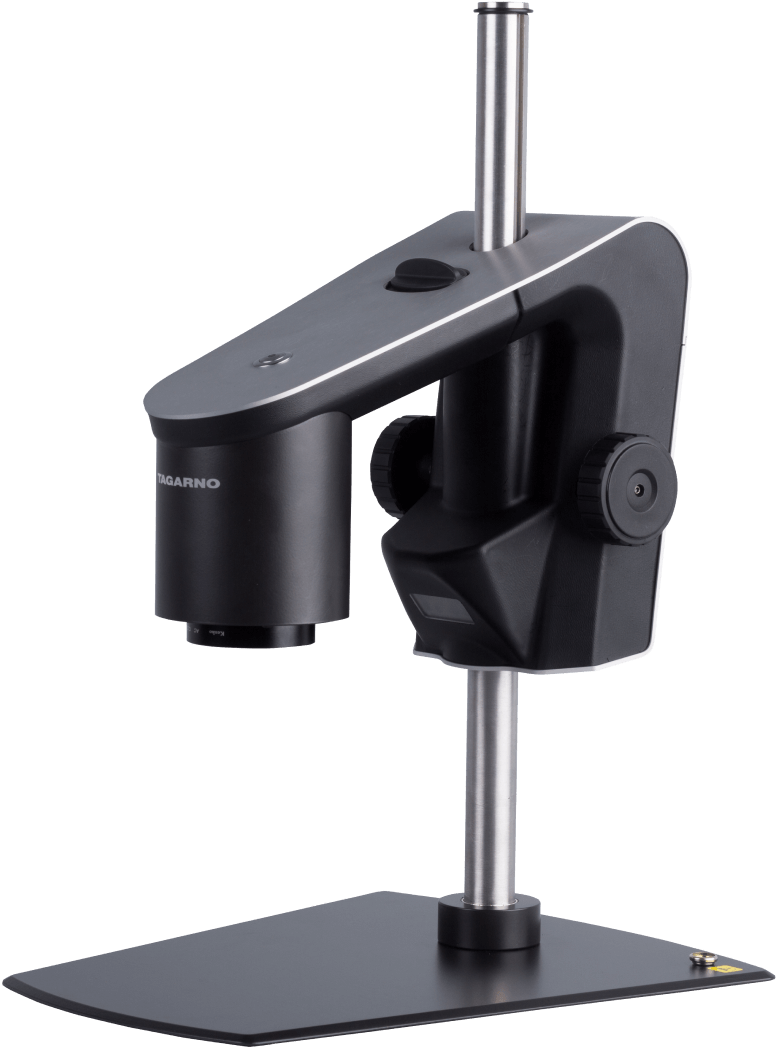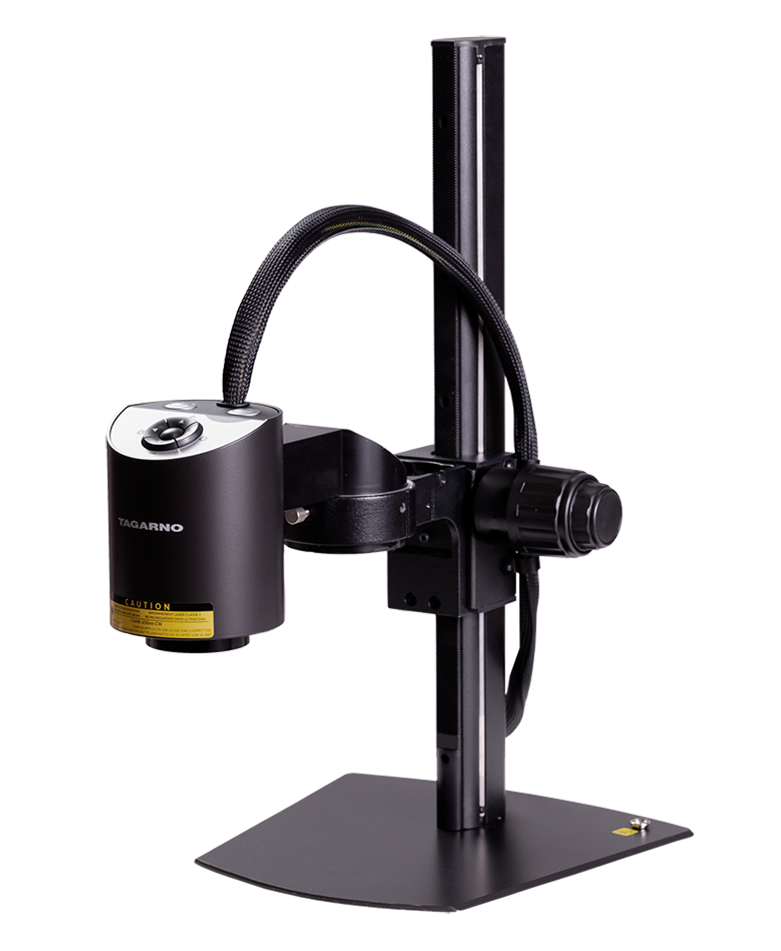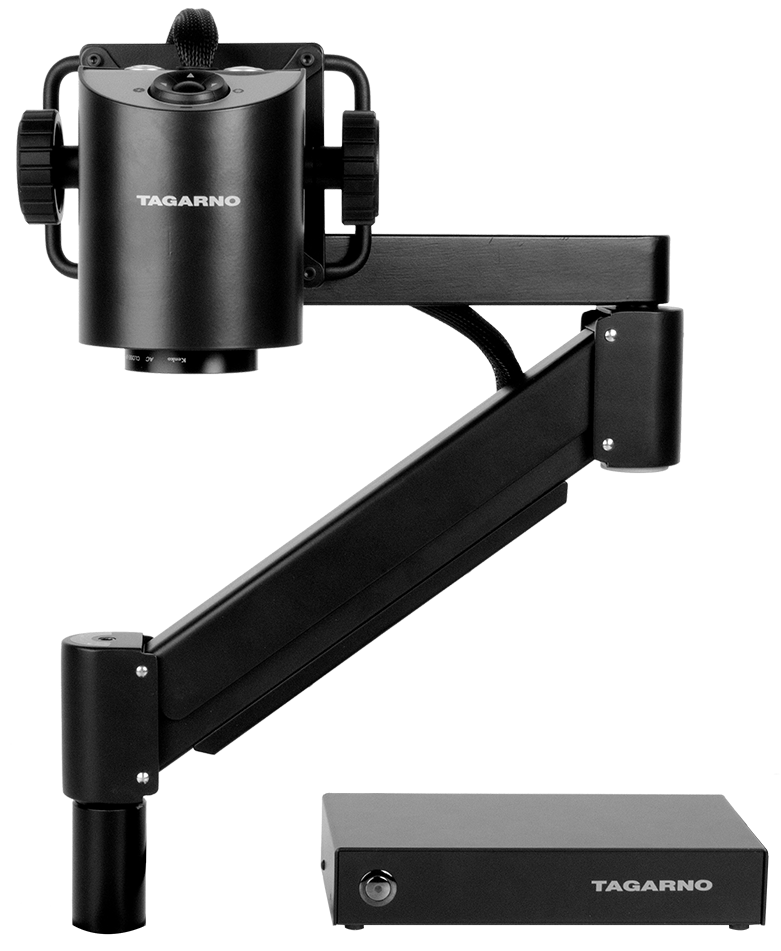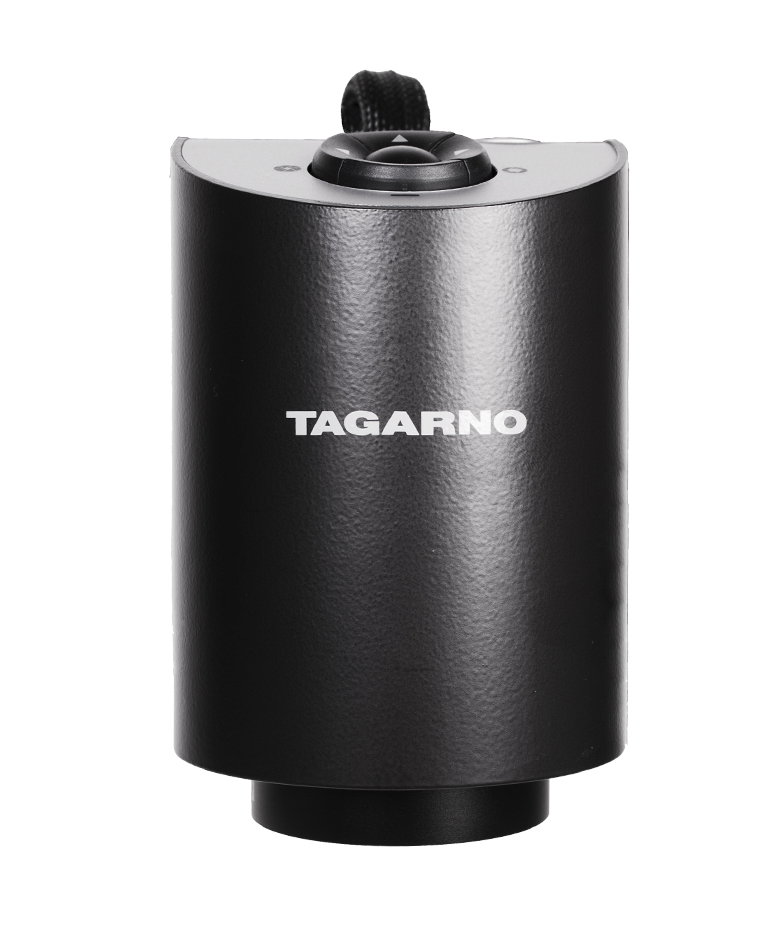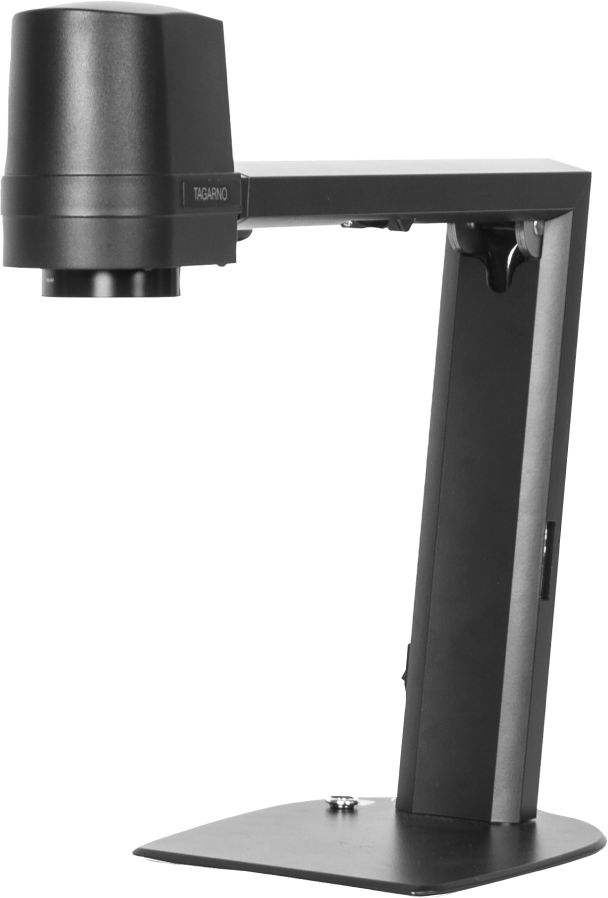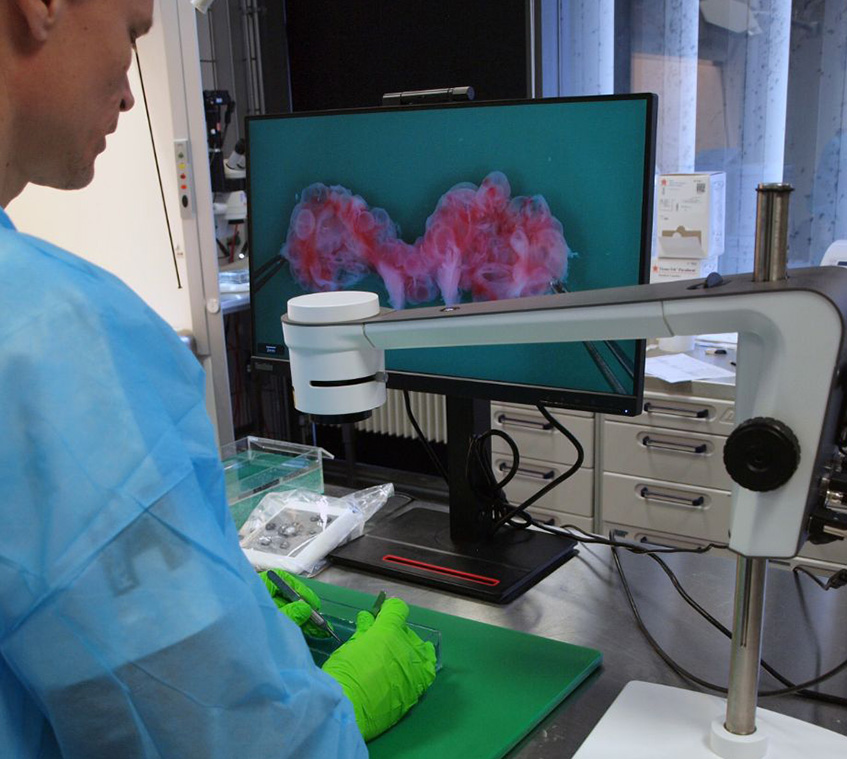Overview
In 2023, the Pathology Department at Rigshospitalet invested in a digital microscope to enhance their diagnostic capabilities, particularly for autopsies. This investment was driven by the need for detailed examination of small organs and the importance of accurate image documentation to guide families through pregnancy loss.
